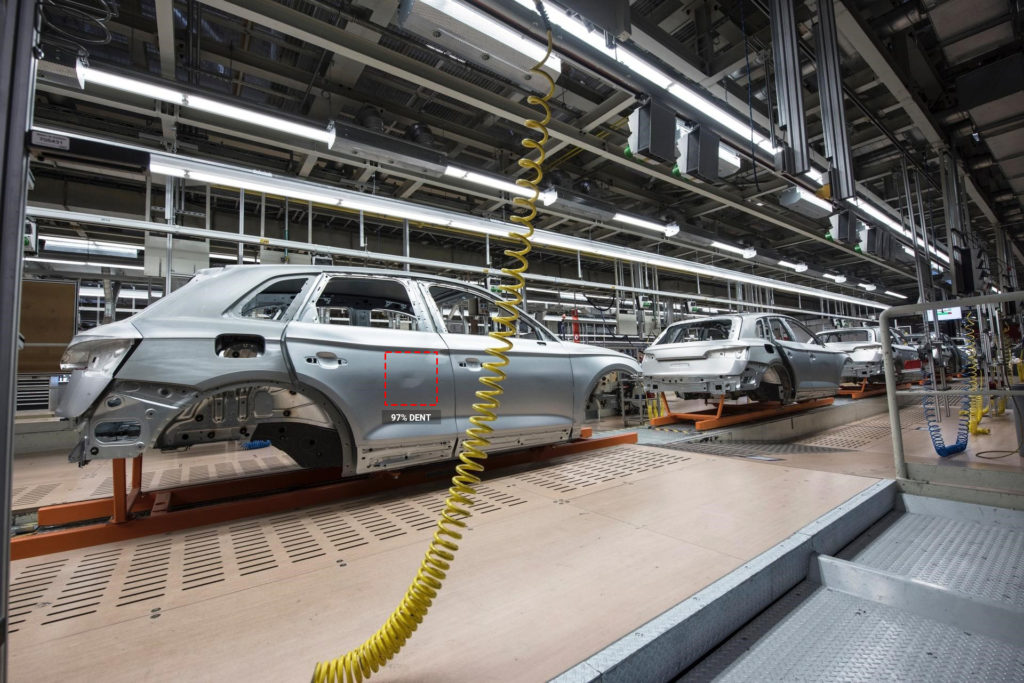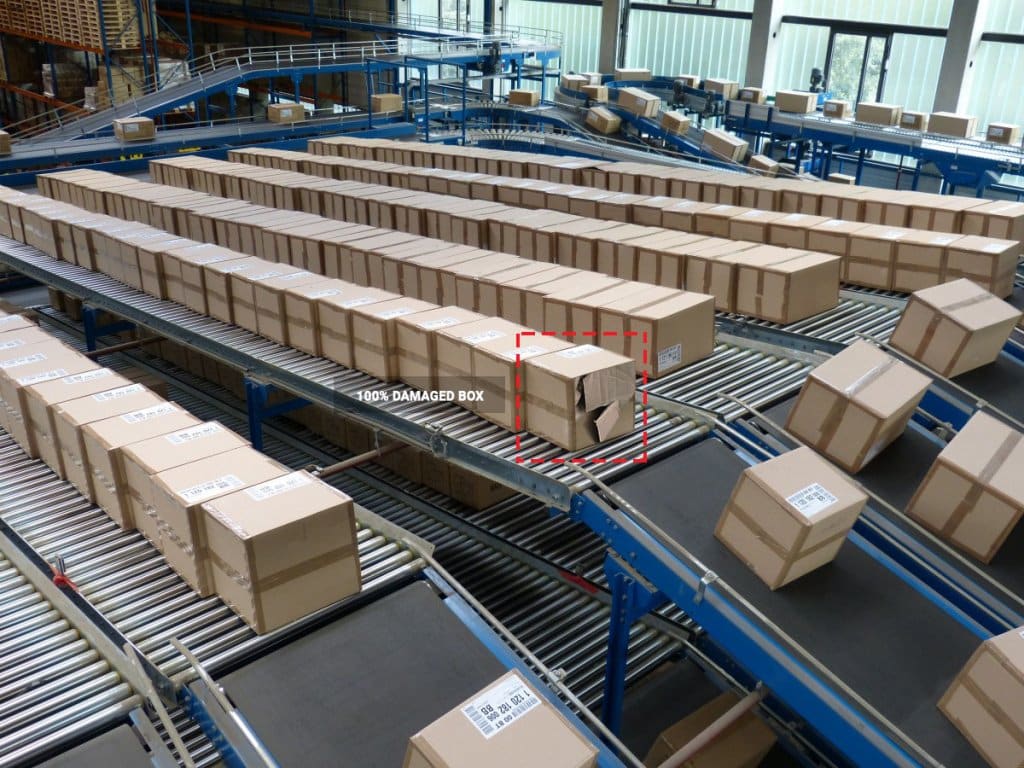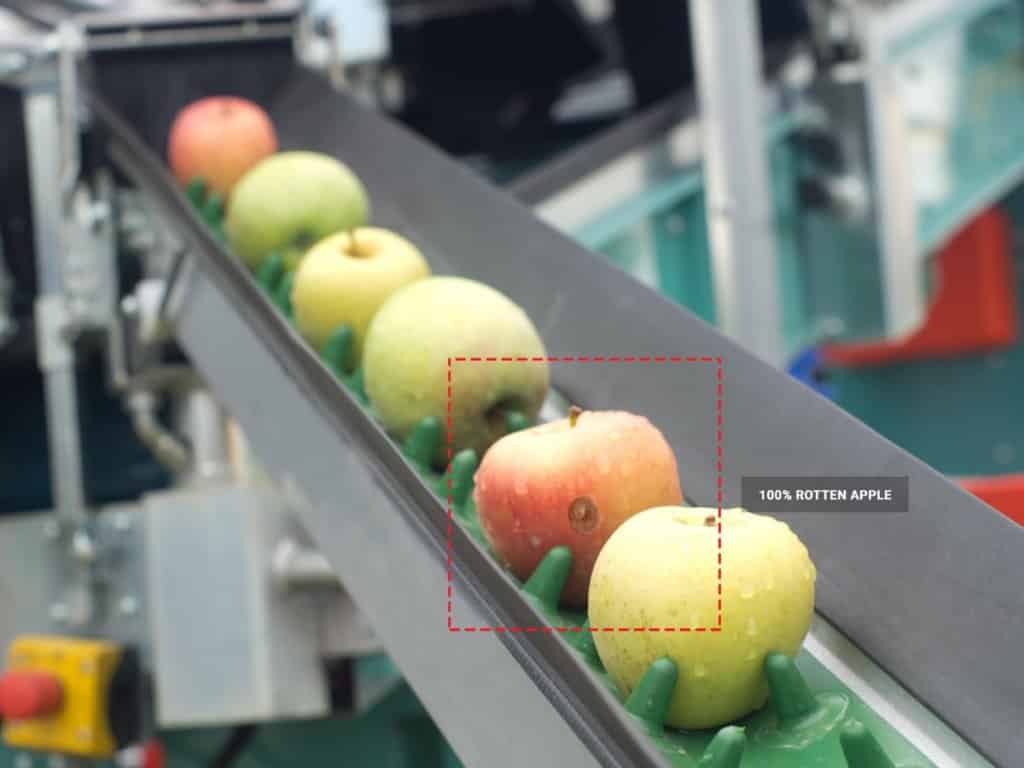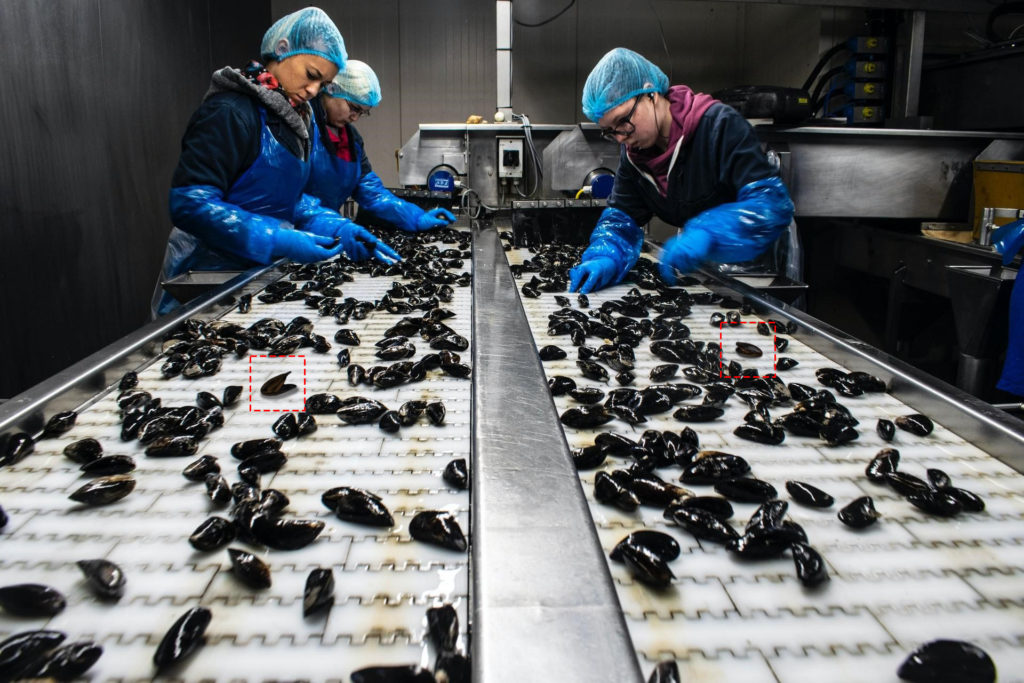Introduction
Since the dawn of the industrial era, innovations in machinery and technology have helped manufacturers to increase efficiency, reduce production costs and standardize quality at a vast scale. However, the diminishing human involvement in the production process has reduced the manufacturers’ ability to spot defective goods or products before they reach the final consumer.
This is detrimental not only to the quality of the product, but can also put the end user at various levels of risk if defective products reach the distribution or consumption phase. Fortunately, there is an efficient innovative solution to overcome these problems – AI image recognition models.
Artificial intelligence powered image recognition models can be trained to assist and improve the manufacturing processes by visually scanning and detecting potentially defective products.
By uploading and labeling images of the products at various manufacturing stages, AI image recognition models can be trained to learn what optimal and defective products should look like. This is achieved by uploading images of both optimal and different types of defective or faulty products. The image recognition model can then be trained to detect and scan for known defects on products. Through a custom integration involving image annotation, these image recognition models can even be used within the manufacturing process to speed up the removal of faulty items from the production line.
SentiSight.ai Models

The SentiSight.ai platform has two AI image recognition models suitable for defect detection, image classification and object detection. Whilst both models are suitable for defect detection, the model’s different characteristics and capabilities lend to differences in the use cases and applications of when to use which model:
- Image classification – used to predict the content of images, with the model classifying the content of the image into specific categories, whilst also providing a confidence estimate of each classification prediction, by means of a percentage.
- Object detection – these models are used to identify and locate objects within images, with located objects highlighted by a bounding box.
SentiSight.ai’s image classification models can be trained to identify flawed products at different stages of the manufacturing process. The image classification training process for defect detection involves uploading and labeling images of both defective and acceptable products, and then using the SentiSight.ai platform to train the model to be able to differentiate between the two.
Image classification models are suitable for projects that do not require identifying the exact location of the faulty item, or the nature of the defected item, as image classification models do not flag up the location of the fault. However, the confidence estimate provided by the image classification model is a useful feature in helping to identify the probability of a defect classification, this is to say how confident the model is that a defect is present. This in turn allows employees to explore these defects, identify their causes, and adjust the manufacturing chain to avoid future flaws.
The SentiSight.ai object detection models can also be trained to be of assistance in detecting defects or anomalies of products during the manufacturing process. However unlike classification models, object detection models can also identify and mark the exact location of the defective product, enabling an employee to be guided directly to the defective goods, or through a custom solution, the defective products to be automatically removed from the production line. For larger items, the object detection localization helps to pinpoint the defect within the product, helping employees to quickly localize and solve the issue.
Such automated detection processes are indispensable for mass production lines as not only do they detect and identify defects, but they help to provide stakeholders with a real-time understanding of the nature and extent of the defective issue. Defective goods or objects are often indicative of larger issues within the manufacturing process or machinery, so can prove costly if they go undetected. The multi-user capabilities of the SentiSight.ai platform means that not only can the boots-on-the-ground employees detect defects in real time, the management are also able to review and analyse the extent of the defections on a macro-level.
Defect Detection Model Use Cases

These image recognition models, both object detection and image classification, have various use cases across a wide variety of industries, such as in the production of electronics and food.
Electronics
In the electronics industry, safety is of paramount importance to both the producer and the consumer; faulty goods can be deadly. Even when not deadly, defects within the manufacture of electronics are costly, time consuming and have an adverse impact on the reputation of the manufacturer. Given the complexity of electronic hardware such as motherboards, processors and memory cards, the functionality of object detection models in being able to identify and precisely locate defects is of keen interest to manufacturers seeking to maintain high standards of quality and efficiency.
Food Distributors

AI image recognition can also be very handy for food distributors. Object detection models can be trained to assist in the automated process of separating good, wonky and damaged fruit and vegetables, by scanning the produce as they pass along the feed, identifying and locating the produce according to their relevant category. Through combination with a custom sorting procedure, these object detection models improve the efficiency and speed of this early-stage fresh produce processing, a vital factor when working with fresh fruit and vegetables in the race to deliver fresh produce to the shopfloor.
Conclusion
SentiSight.ai’s image recognition models prove useful in spotting defective products within various industries, allowing companies to maintain a consistent production quality and avoid the financial repercussions that can arise from the mass production of flawed items. The AI-powered tools ease the workflow for employees in large factories, and ensure a consistent and accurate reporting of defects to the management thanks to the real-time project management functionalities.
Large scale defect detection can be undertaken by both image recognition and object detection models, each model is capable of spotting abnormalities within the production process. Since each model has unique capabilities and features, it is important to understand the requirements and desired outcomes of the defect detection process before choosing the right model for your project. As most defect detection projects require the localisation of the abnormal product, object detection is the most widely used model.
Be sure to check out other applications such as image recognition in retail.

